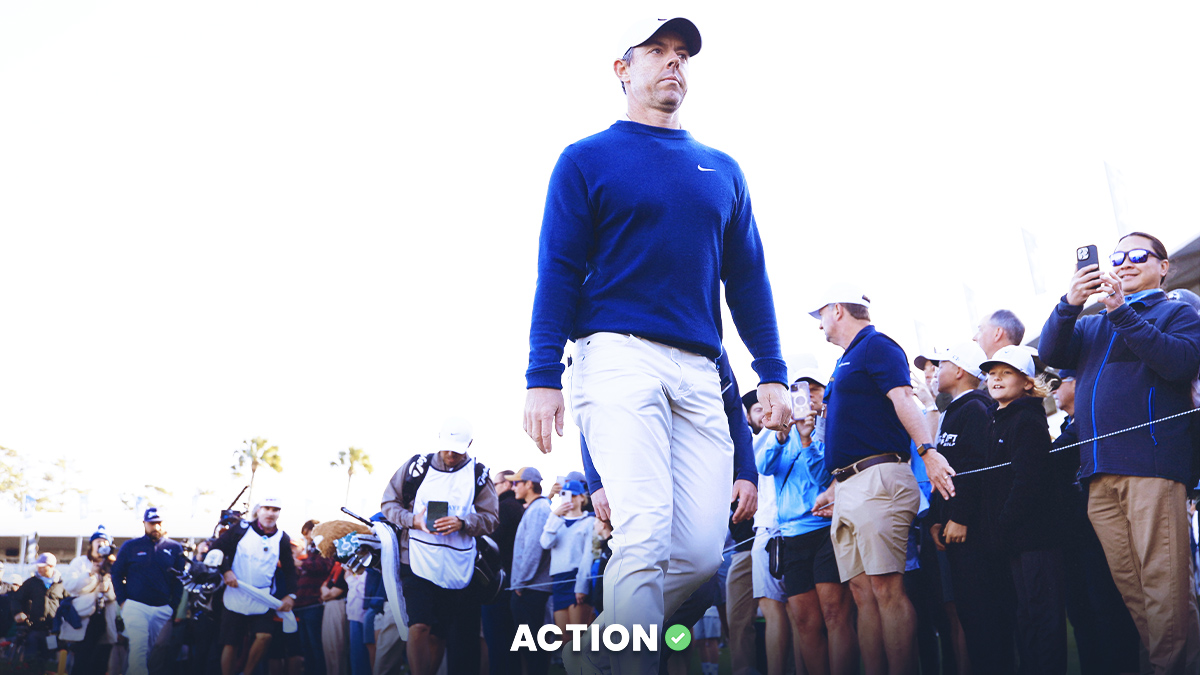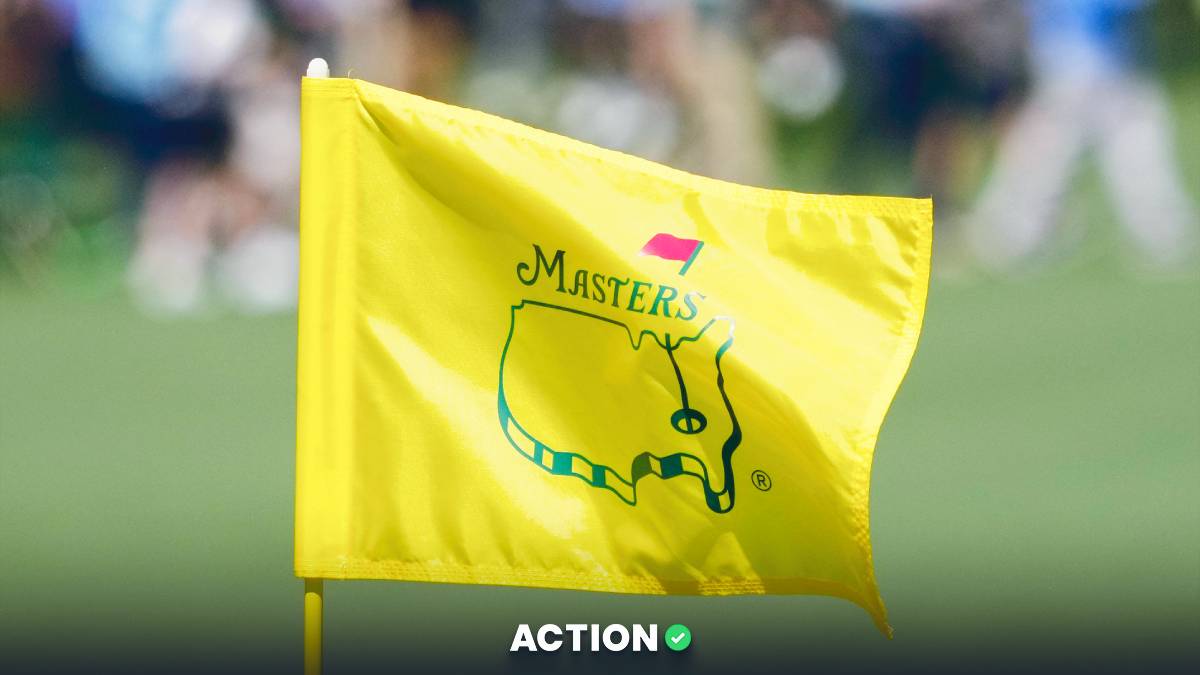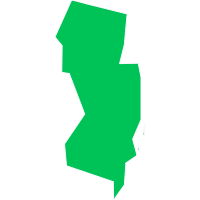Ahead of the 89th Masters, Action Network analyzed all the past winners of the Masters Tournament at Augusta National since its inception in 1934 to determine what are the typical traits of the Masters winner, ranging from average age, nationality, height, place of birth, and name to dress code during the victory and their education.
Age
The average age of the winner is 32 years old, the same value – 32 – is the median age of the winner.
Tiger Woods is the youngest winner of the tournament. He won his first Masters in 1997 when he was 21 years, 3 months and 14 days old.
Jack Nicklaus is the oldest winner of the tournament, capturing his sixth Masters crown in 1986 at 46 years, 2 months and 23 days old.
21 is the average age of when the players turned professional, and 21 is also the median age of turning professional.
Nationality
Approximately 72.7% of the wins were secured by Americans. A U.S. citizen has won 64 times. Spain and South Africa are in second and third place, respectively, with the Spaniards winning six times and South Africans winning five times.
Considering the fact that some players have won multiple times, Americans also hold the record for most individual wins — 39 players from the United States have won since 1934 (69.6%). Spain and South Africa are once again in second and third place, respectively, with four individual winners from Spain and three winners from South Africa.
First Name Initial
If winners who won multiple times are counted only once each, “B” is the most common letter of the winner's first name – seven individual winners had a name starting with “B”, which amounts to 12.5%. Namely, they are: Ben Crenshaw, Ben Hogan, Bernhard Langer, Billy Casper, Bob Goalby, Bubba Watson and Byron Nelson. Byron, Bubba and Bob could be considered nicknames, but for the purpose of the analysis, the names that the players used in their golf careers were analyzed.
“C” and “J” are tied for the second most popular first name initials. Six past winners' names started with a C and six with J, amounting to 10.7%: Cary Middlecoff, Claude Harmon, Craig Stadler, Craig Wood, Charles Coody and Charl Schwartzel. For J, they are: Jon Rahm, Jose Olazabal, Jordan Spieth, Jack Nicklaus, Jimmy Demaret & Jack Burke.
Month of Birth
Amongst all of the individual winners, February and November are tied for the most common birth month of a Masters winner — 14.3% of the Masters champions (eight total) were born in February and 14.3% in November.
The three most successful astrological signs are: Pisces (14.3% – eight individual winners), Cancer (12.5% – seven individual winners)and Virgo (10.7% – six individual winners).
Repeated Wins
Eighteen players won two or more times, eight players won three or more times, three players won four or more times, two players won five times, and one player won six times.
Cities and States
San Diego is the only city that has produced three separate Masters champions — Billy Casper, Craig Stadler and Phil Mickelson were all born in San Diego, California.
If only the American winners are considered (and their respective states of birth), Texas has produced the most Masters champions — 9. California is the state that produced the second highest number of Masters champions — 5.
Height and Weight
The average weight of the Masters champion is around 183 pounds (83.02 kg). The median weight is 185.18 pounds (84kg).
The average height of the Masters champion is close to 5-foot-10 (181.58 cm). The median height is 6 feet (183 cm).
Ian Woosnam, who won in 1991, is the shortest Masters winner at 5-foot-4.5 (164 cm).
George Archer, who won in 1969, is the tallest Masters winner at 6-foot-5.5 (197 cm).
Education
Of the winners, 57.1% have gone to university — 32 in total.
Dress Code
Due to the lack of photographs in color, unlike the rest of the analysis which goes all the way back to 1934, the dress code of the players was analyzed only from 1963. According to the results of the analysis:
Of the winners, 77.4% (48) wore short-sleeved golf polo shirts on the day of the final tournament.
Of the winners, 61.3% (38) wore plain one-color shirts T-shirts (no motives) on the day of their final Masters win. 25.8% of the winners (16) wore shirts / T-shirts with stripes. Meanwhile, white color was a component of the winner's shirt on at least 24 occasions, meaning the shirt was either entirely white or included white elements, while black and blue were incorporated into the winner's shirt 11 and 10 times, respectively.
Sponsorships and brand deals have become much more prevalent in the late 20th century, however, since 1963, Nike has been the most popular brand worn by the Masters champions — 15.9% of the winners (10 in total, five individuals) wore Nike on the day of their win. However, it has to be kept in mind that Tiger Woods who won five times wore Nike every time he won (1997, 2001, 2002, 2005, 2019). The other winners who wore Nike on their winning day are Scottie Scheffler (2022, 2024), Patrick Reed (2018), Charl Swartzel (2011) and Trevor Immelman (2008).
Even though it has not been worn by any of the winners in the 21st century, Lacoste was a popular choice in the second half of the 20th century and it is the second most popular brand to be worn on the winning day — 7.9% of the winners (five in total, four individuals) wore Lacoste. Namely, José Maríja Olazábal (1999, 1994), Seve Ballestersos (1983), Raymond Floyd (1976) and Gay Brewer (1967)
When it comes to hats worn during the final tournament, 40.3% of the winners (25) wore white hats, 27.4% of the winners (17) wore no hats for most of the tournament and 24.2% of the winners (15) wore black hats. Of the winners, 54.8% (34) wore baseball caps, while 16.1% of the winners (10) wore visor hats.
You can also have a look at our bet365 Bonus Code.
Methodology
- Winners (from 1934 to 2024) of the Masters Tournament were collected from the official Masters website and amended with missing information from their respective Wikipedia pages.
- The dress code of the winners was analyzed only from 1963 due to the lack of photographs in color from the first half of the 20th century.
- The main source of the dress code analysis were the official videos of the Masters Tournament on its official YouTube channel as well as Google Images.
- If a given metric was not available for a player (less than 5% from the total players), that player was omitted from the analysis in that specific category and is not part of the percentage results.
























































